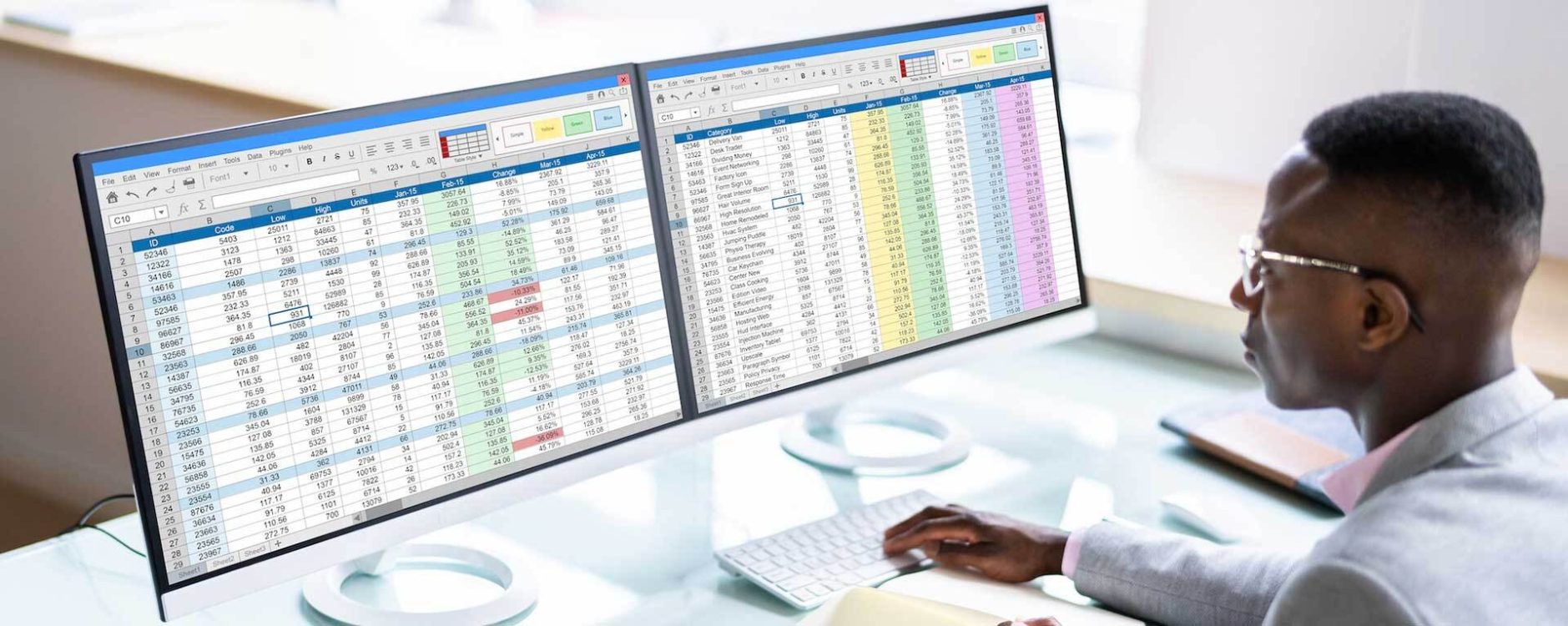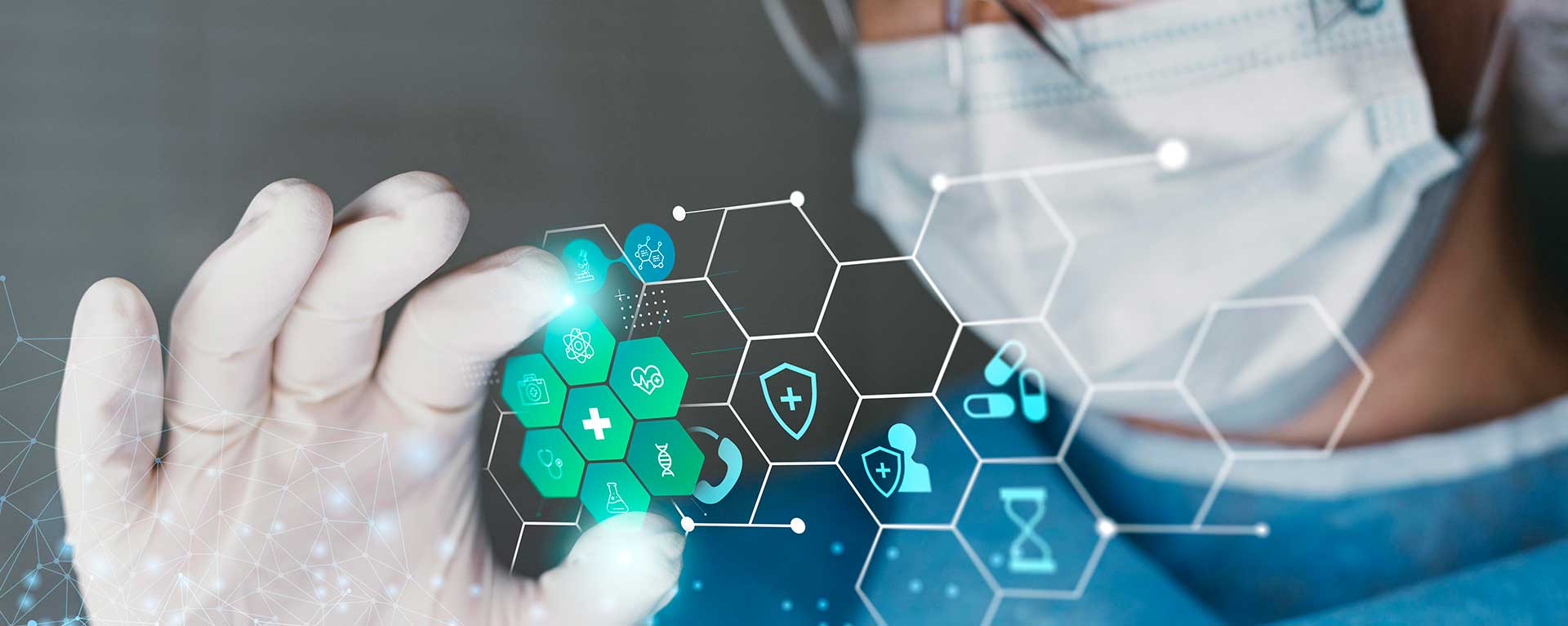Along with ICD-10-CM updates, CMS has also introduced quarterly updates to the HCPCS Level II codes, which are effective starting October 1, 2024. These updates include important changes that will impact the way you code for services, medical supplies, and procedures. It’s crucial to review and implement these changes in your workflows promptly to avoid any billing issues. There are, in total, 58 new codes, 6 discontinued codes, 10 long descriptor revisions, and 3 payment changes.
HCPCS Level 2 codes are essential for billing, reporting, and streamlining your healthcare services. The 2024 HCPCS Level II codes bring several updates that help providers, especially in specialty areas like neurology, dermatology, wound care, and more. Let’s walk through a detailed breakdown of these codes, categorized by specialty, so you can use them more effectively in your practice.
Table of Contents
Toggle- What Are HCPCS II Codes?
- Why Are HCPCS Level II Codes Important?
- Important HCPCS Level II Code Changes in 2024
- Dermatology / Wound Care
- Neurology / Pain Management
- Vascular / Hematology
- Supplies / Devices
- General / Other HCPCS Codes
- How to Look Up HCPCS Level II Codes?
- Conclusion
- Questions Frequently Asked by Providers
What Are HCPCS II Codes?
HCPCS (Healthcare Common Procedure Coding System) Level II codes are alphanumeric codes used primarily for billing supplies, non-physician services, and certain drugs. These codes are maintained by CMS (Centers for Medicare and Medicaid Services), and help standardize claims for non-physician services across different providers. The 2024 update of HCPCS level codes includes many changes across various specialties.
Why Are HCPCS Level II Codes Important?
These codes are critical for ensuring you get reimbursement for medicinal products, services, and procedures you have employed. They consider a wide array of items, including medical equipment, supplies, and services that aren’t included under the CPT codes. Here are some HCPCS Level II codes examples: J2251 (Injection, midazolam), L1652 (Hip orthosis), and G2020 (Vascular diagnostic ultrasound), among others. Knowing which HCPCS codes to use and how they are categorized is key for accurate billing.
Important HCPCS Level II Code Changes in 2024
This year’s updates include new codes for various specialties, as well as several discontinued codes, description updates, and payment changes. Below is a comprehensive breakdown organized by specialty.
Dermatology / Wound Care
If you specialize in wound care or dermatology, there are a few new additions to HCPCS Level II in 2024.
A2027 – Matriderm, per square centimeter
A2028 – Micromatrix flex, per mg
A2029 – Mirotract wound matrix sheet per cubic centimeter
A2024 (Long Description Change) – Resolve or xenopatch sq cm
(Updated Description: Resolve matrix or xenopatch, per square centimeter)
These HCPCS Level codes can be vital for practices involved in wound treatment. Be sure to include the new ones when you’re dealing with products like wound dressings and skin graft substitutes. These codes apply to wound care products used in advanced treatment of chronic wounds. Accurate coding ensures you get reimbursed for these expensive products.
Neurology / Pain Management
Neurologists and pain management specialists will find some updates in HCPCS 2 level codes this year that relate to nerve stimulation and pain control devices.
A4543 – Supply transcutaneous electrical nerve stimulator
A4544 – Electro nerve stimulator electrodes
E0720 – Transcutaneous electrical nerve stimulator, two-lead, localized stimulation
E0731 – Form-fitting conductive garment for electrical stimulation
E0736 (Payment Change) – Transcutaneous tibial nerve stimulator
(Updated Payment: Transcutaneous tibial nerve stimulator)
E0738 (Payment Change) – Upper extremity rehabilitation system
(Updated Payment: Upper extremity rehabilitation system providing active assistance for muscle re-education)
J2010 (Discontinued) – Lidocaine injection
(Removed: Injection, lidocaine HCl for intravenous infusion, 10 mg)
J1170 (Discontinued) – Hydromorphone injection
(Removed: Injection, hydromorphone, up to 4 mg)
These important HCPCS Level 2 codes are needed for practitioners who have to deal with patients and their chronic pain management in a non-invasive way. Be sure to use the proper HCPCS code when ordering or billing nerve stimulators and supplies.
Vascular / Hematology
For vascular and hematology providers, recent updates bring important changes concerning blood and vascular products that may impact your practice.
C9399 – Unclassified drugs or biologicals for vascular use
G2020 – Vascular diagnostic ultrasound study
J8520 (Discontinued) – Capecitabine, oral, 150 mg
(Removed: Capecitabine, oral, 150 mg)
J8521 (Discontinued) – Capecitabine, oral, 500 mg
(Removed: Capecitabine, oral, 500 mg)
These HCPCS codes represent specialized diagnostic and treatment procedures in vascular medicine. These can be important in both outpatient settings and surgical contexts. Whereas, the discontinued codes are essential for vascular and oncology providers who work with chemotherapy drugs.
Supplies / Devices
If your practice involves prescribing or using medical supplies and devices, there are several updated codes that are important for the HCPCS 2024 billing cycle.
A4565 – Slings, not otherwise classified
E0617 – External defibrillator, with integrated electrocardiogram analysis
E0118 – Crutches, underarm, wood
L1652 (Long Description Change) – Hip orthosis
(Updated Description: Hip orthosis, bilateral thigh cuffs with adjustable abductor spreader bar)
L1820 (Long Description Change) – Knee orthosis with condylar pads
(Updated Description: Knee orthosis, elastic with condylar pads and joints, prefabricated)
J9258 (Discontinued) – Paclitaxel (Teva)
(Removed: Injection, paclitaxel protein-bound particles (Teva))
E0562 – Humidifier, heated, used with positive airway pressure device
These codes cover a variety of medical supplies, ranging from slings to shock therapy devices. Make sure to have these HCPCS level II codes ready for any durable medical equipment or external devices your practice may require.
General / Other HCPCS Codes
Finally, here are some more general codes that cover a wide range of services and supplies not tied to a specific specialty.
Q0516, Q0517, Q0518 (Long Description Change) – Pharmacy supply fee for HIV pre-exposure prophylaxis
(Updated Descriptions: Pharmacy supplying fee for FDA-approved prescription oral drug, per 30, 60, and 90 days)
J2251 (Long Description Change) – Injection, midazolam in 0.9% NaCl
(Updated Description: Injection, midazolam in 0.9% sodium chloride, intravenous)
Q5133 (Payment Change) – Injection, tocilizumab (biosimilar)
(Updated Payment: Injection, tocilizumab-bavi (biosimilar), 1 mg)
C9150 (Discontinued) – Xenon XE-129
(Removed: Xenon XE-129 hyperpolarized gas, diagnostic, per study dose)
These HCPCS codes span everything from basic medical supplies like oxygen catheters to specialized equipment like defibrillator electrodes. These are common across multiple fields, so it’s good to stay updated on these changes to streamline your practice.
How to Look Up HCPCS Level II Codes?
If you need to find more information on HCPCS Level II codes, including specific product names or usage guidelines, CMS provides an HCPCS codes lookup tool* that can help you. This is an essential resource when you’re billing for any supplies, devices, or services outside of typical physician care.
Conclusion
Staying updated on 2024’s new HCPCS Level II codes will ensure a smooth billing process and add to the overall efficiency of your practice. Whether it is wound care, pain management, vascular treatments, or general medical supplies, having the right code down is important for proper reimbursement. Regularly review updates and use the HCPCS codes lookup tool to stay informed, or you can get a free expert consultation from our certified coding experts. This will help you deliver high-quality care while keeping your billing in check.
Questions Frequently Asked by Providers
What are HCPCS Level II codes used for?
They are used for billing and identifying supplies, non-physician services, and certain drugs. They play a critical role in the Medicare and Medicaid billing system.
HCPCS Level II includes code ranges that consist of what type of codes?
They cover alphanumeric codes that identify healthcare services, equipment, and supplies not covered by CPT codes.
HCPCS Level II codes specifically for pathology and laboratory services all start with what letter?
Pathology and laboratory codes in HCPCS Level II usually begin with the letter ‘P.’
What agency maintains and distributes HCPCS Level II codes?
The Centers for (CMS) Medicare and Medicaid Services maintains HCPCS Level II codes.
What are j codes?
J codes bill for medications via injection or infusion that have been provided in the physician’s office, such as chemotherapy or specialty drugs. These are very important in terms of the cost of those treatments.
Is there any change in the update for v5261 code?
No, there is no change for v5261 in the update. This code for digital binaural behind-the-ear (BTE) hearing aids will remain the same this year.











